I'm struggling with two small formatting issues with my Seaborn boxplot and histogram (plotted as subplots).
- The colors between the two subplots are slightly different even though the coded colors are exactly the same.
- I'm trying to rearrange the order of the legend so 'Group A' appears above 'Group B'
groupA = [94, 74, 65, 36, 32, 65, 56, 59, 24, 133, 16, 8, 18]
groupB = [1, 1, 1, 1, 2, 7, 7, 10, 15, 16, 17, 17, 19, 29, 31, 32, 43, 43, 44, 47, 56, 64, 64, 80, 81, 87, 103, 121, 121, 121, 187, 197, 236, 292, 319, 8, 12, 12, 14, 14, 15, 16, 16, 20, 20, 33, 36, 37, 37, 44, 46, 48, 51, 51, 54, 57, 72, 74, 95, 103, 103, 107, 134, 199, 216, 228, 254]
f, (ax_boxplot, ax_histogram) = plt.subplots(2, sharex=True, gridspec_kw={'height_ratios': (0.3,0.7)}, figsize=(10,10))
sns.boxplot(data=[groupA, groupB], ax=ax_boxplot, orient='h', palette=['green', 'silver'])
ax_boxplot.tick_params(axis='y', left=False, labelleft=False)
sns.histplot(data=[groupA, groupB], bins=34, binrange=(0,340), palette=['green', 'silver'], alpha=1, edgecolor='black')
ax_histogram.tick_params(axis='both', labelsize=18)
ax_histogram.legend(labels=['groupB', 'groupA'], fontsize=16, frameon=False)
plt.xlabel("Days", fontsize=24, labelpad=20)
plt.ylabel("Count", fontsize=24, labelpad=20)
sns.despine()
What I have tried so far:
- For the colors: I tried setting the alpha to 1 in the histogram, but there still seems to be a slight difference.
- For the legend: Tried playing around with hue_order and handles, but didn't have any luck getting that to work.


